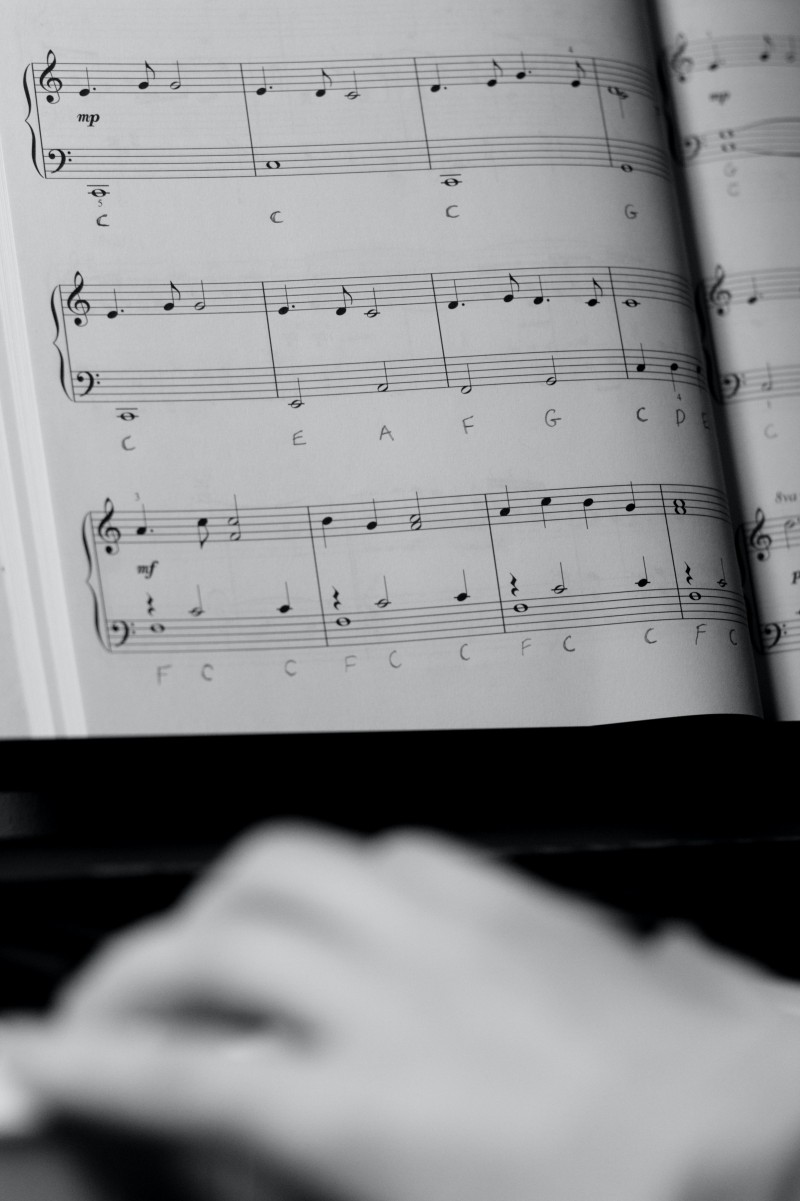Empowering children to read musical notation fluently
4 November 2022
Schools face significant challenges in deciding how best to introduce musical notation into their curriculum. Resources are already stretched. Some pupils are already under strain because they struggle with reading in the core curriculum. The big question is how to integrate musical notation into curriculum planning in a way that empowers not only the children, but also the teachers.
The tried and tested ways of teaching musical notation are best suited to pupils who process information with ease. Traditionally, piano teachers begin with mnemonics for the notes that sit on the lines of the stave EGBDF (Every Good Boy Deserves Favour) GBDFA (Good Boys Deserve Fun Always) and for the notes that sit on the spaces FACE (Face) and ACEG (All Cows Eat Grass). Many teachers use these mnemonics to introduce a series of line notes and / or space notes all at once, which creates a heavy cognitive load.
What about all the children who struggle to process information, reading with ease and fluency?
Well-intentioned efforts to adapt musical notation for children who struggle to process the mnemonics, involve adding more information and increasing the cognitive load.
What is going on here?
Music teachers want children to enjoy making music and to have fun producing sounds on their instruments and they hope that in time, reading notation will gradually become familiar and easier to read. Until that point, music teachers add extra information to remind the child of the letter names of the notes. In the same vein, they often add numbers representing the finger patterns, to remind the child how to produce sounds on the instrument.
Soon enough, the page is cluttered with markings and the child has to select which ones to read.
These markings are intended as a quick fix, aiming to keep the child engaged. But of course the child relies on the letters, or the numbers, or both instead of reading the actual notes. This approach sets the child up to fail in the sense that they do not learn to read notation at all and even worse, assume that it is too difficult for them.
What could teachers do differently to support children who do not process information with ease and fluency?
A more inclusive approach would limit the cognitive load on children’s reading - which is what we do in the Rhythm for Reading Programme. Rather than teaching all the notes at once, we focus on just a few notes and develop fluency (and fun) in reading right from the start. Instead of learning the musical notes at the same time as playing musical instruments, which adds to the cognitive load, we simply use our feet, our hands and our voices, as we believe these are our most natural musical instruments.
Group learning in a structured programme supports the development of fluency, because the children are nurtured by the ethos of working together. Teamwork in combination with rhythm is an effective way to build fluency in reading, and acts as a catalyst for accelerated progress.
Tags:
Do you have any feedback on this blog post? Email or tweet us.
